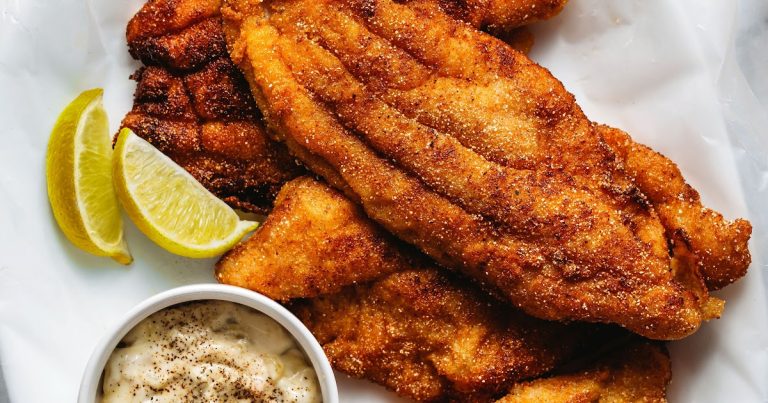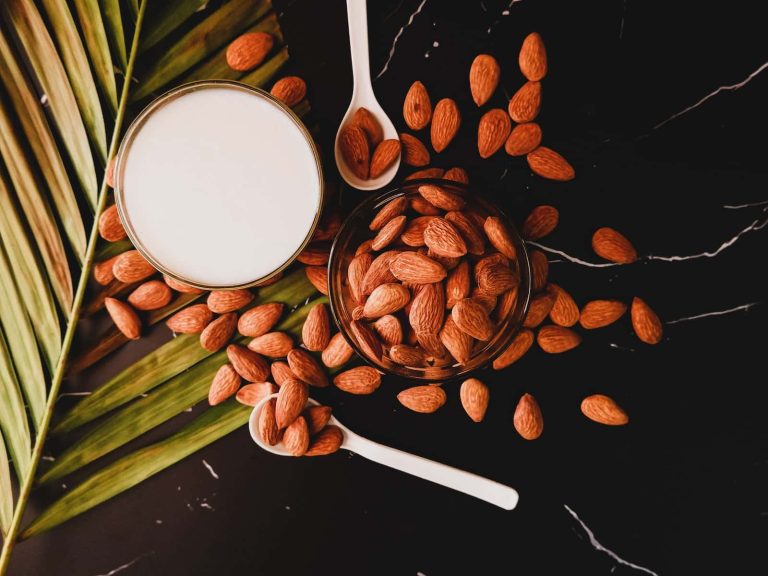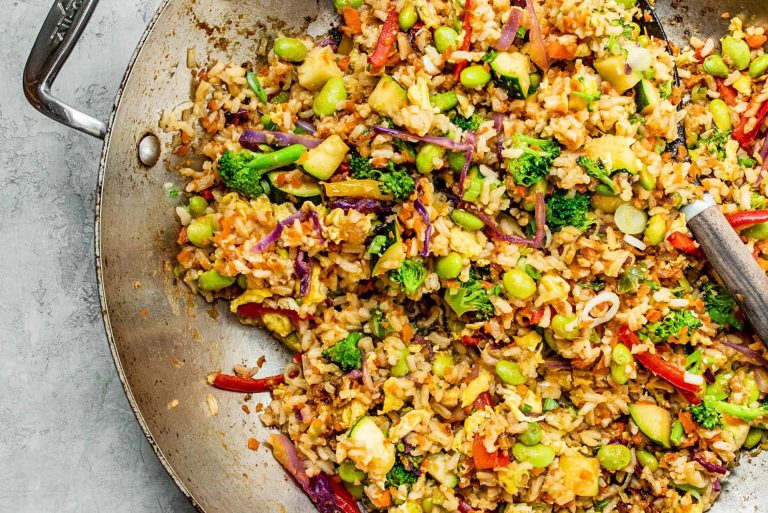Jordans are well-known since they are considered shoes of the highest quality and design.
Yet, if you have huge feet, finding shoes that fit you properly could be challenging. Check out the best Jordans for wide feet below.
Choosing the right shoe requires more than knowing your size; you must consider comfort and arch support.
According to a survey, 63–72% of people are currently wearing shoes that are too small, which may lead to discomfort and other problems.
Basketball players’ abilities to perform and play well may also be impacted.
Check out our list for some of the best Jordans for wide feet, which are excellent for casual and basketball use.
1. Air Jordan 5 Retro “Fire Red
Launching in its original colorway in Spring 2020, the Air Jordan 5 “Fire Red – Silver Tongue” is Michael Jordan’s fifth signature shoe.
This version reinstates the original “Nike Air” branding featured on the model’s 1990 debut; preceding retros had a Jumpman logo in its place.
Compared to the others, the AIR JORDAN 5 Retro is a well-known pair of sneakers, and it is simple to see why. It’s one of the best Jordan for wide feet.
While the Jordan 5 design is substantial, and the tongue is wide and padded, the inner is very soft.
Some of the shoe’s iconic design colors are back, including the brilliant silver tongue, the black midsole with shark teeth pattern, and the icy transparent blue outsole.
These sneakers are durable and comfy. They are quite simple to prevent from creasing.
Wear them loosely, and don’t fold them long to prevent creasing. You ought to own many pairs of shoes and alternate between them.
2. Air Jordan Zion 2
Zion Williamson has a reputation as a “human highlight reel” due to his explosive performance and distinctive playing style.
The extremely impressive Zion 1 is enhanced to greater heights by Zion 2.
The lightweight construction and strong materials result in a shoe that is comfortable to wear and made to last.
The distinct Zoom Air units in the forefoot and heel are responsible for the shoe’s responsiveness.
One of Zion 2’s outstanding qualities is its lockdown fit, which is possible thanks to the innovative knit upper.
Your feet are firmly secured by its lace closure and adjustable hook-and-loop strap.
During your game, you’ll feel safe and supported, giving you the assurance you need to perform at the highest level.
The improved traction the revised sole design offers on the court will keep you steady and in control.
Also, the Air Strobel unit in the heels, which connects the top to the midsole, is creative, quite useful, and offers incredible responsiveness.
It comes in handy when you leap and move quickly. The Zion 2 is lighter, more comfortable, and has better traction than the Zion 1.
The Zion 2 is less breathable than its predecessor, according to my experience, which may be a problem in the heat.
3. Nike Men’s Lebron 17
If you’re a major player with wide feet, the Lebron 17 is one of the best Jordan for wide feet.
The impact point features a settling clasp to maintain your heel’s stability and security.
It has a wide collar and a typical tongue, making it perfect for the larger foot with no issues.
The sole has a striking jewel pattern that looks good on hardwood if you wash it with your palm after a few runs down the court.
While it’s not the best solution for indoor hardwood serious play, it will suffice.
The Lebron 17s perform wonderfully for a somewhat wider foot since neither side of the forefoot has any strong support.
The strength is enough, but the lack of a plastic settling strip prevents a comfortable fit for a more substantial foot.
The lower leg uphold is extremely acceptable in light of the shoe’s weight.
Nonetheless, this shoe has both excellent aids and is lightweight, which is uncommon for outstanding help.
4. One men’s Tai Chi Lx Sneakers
This is one of the best Jordans for wide feet. While calfskin adds weight, it also conforms to your foot better than manufactured fabrics, which is important if your foot is wide.
While cowhide is somewhat less breathable than leather, the cross-section tongue of the Tai Chi Lx promotes airflow.
You have enough padding from the EVA footbed to avoid worrying about further damage effects.
The fact that they have a very good average rating on Amazon inspired us to include them in our list, although it’s not quite obvious if they run true to size or a half size smaller.
In this case, the product exchange is excellent; you can often get them within a day or two, and you’ll undoubtedly figure out the estimate.
5. Air Jordan XXXVII
The XXXVII’s sleek and fashionable design makes it a nice shoe that performs well.
It comes in 5 striking colors that draw attention. What distinguishes these shoes is their performance.
The midfoot shank of these Jordans is made of carbon, which stiffens the shoes and increases their stability and torsion resistance. The cushion is also amazing.
The sturdy rubber outsole, with its herringbone pattern and deep channels, provides a good grip on indoor and outdoor courts.
This is one of the best Jordan for wide feet. Wide-footed athletes will find the fit more accommodating.
Also, the cushioning system will provide greater support and responsiveness, and the shoes will be much more stable, making rapid cuts and lateral movements much easier.
6. Nike Men’s Jordan Jumpman Team Sneakers
The “Jumpman” emblem, owned by Nike, promotes the Air Jordan line of basketball shoes and other clothing.
Michael Jordan, the current owner of the Charlotte Hornets and a former NBA player for the Chicago Bulls, is shown in silhouette.
Jumpman is one of the best Jordans for wide feet. They provide a wonderful flexible material that will keep your feet relaxed and comfy within the shoes.
The design of these Jordans provides excellent flexibility when walking for people with wide feet. The audience is drawn to this design because it is appealing.
The body of these Jordans is made of synthetic material, while the sole is made of rubber, which is sturdy and supportive.
The synthetic material is excellent for cushioning and keeping your feet at a comfortable temperature.
The rubber sole provides excellent traction on the ground. On spotless courts, the grip is really firm and performs wonderfully, although it tends to draw a lot of dirt.
These shoes are appropriate for preparing and participating in sports activities since they provide excellent support against the ground.
The Zoom in the forefoot offers excellent bounce and responsiveness, while the Phylon cushioning in the heel is soft and comfortable.
7. Jordan Men’s Flyknit Elevation 23
Basketball fabric shoes like the Jordan Men’s Flyknit Elevation 23 are available.
The upper shoe is made of cloth and has an intriguing pattern that provides plenty of aeration and breathability.
As the laces are made of the same material, keeping a tight knot for maximum safety and a specific fit is not a problem.
The sole has a rough, non-slip surface for a pleasant gaming experience while training, good elevation, and a heel for superior arch support.
This best Jordan for wide feet is perfect for casual wear, even if you don’t play basketball, since it comes in various colors, including blue, white, red, and many more.
The Men’s Jordans Flyknit are great basketball, streetwear, and other sports shoes. They are quite adaptable and have a great design and durability.
8. Nike Men’s Zoom Devosion
The Nike Zoom Devosion is on this list of the best Jordans for wide feet because it is made entirely of premium Nike materials.
Also, rather than being built like an expensive shoe, it is more like an exceptional shoe.
Many tasteful details make this b-ball shoe for wide feet look good.
These include complemented trim or funneling, an engaging swoosh along the top/toe zone, and a breathable cross-section upper with good horizontal support and assurance.
These shoes are built more solidly than some weave ball shoes and fit true to size.
They are a fair but exceptional price since the harder shape comes with a standard sticker.
Amazon users gave this show 4.5 out of 5 stars, and they especially praised it for its excellent sidelong support that didn’t pose a barrier to a little wider foot.
9. Addidas Lillard Dame 3 Men’s Sneakers
The Adidas Dame 3s are more expensive than our top picks for the best Jordans for wide feet.
However, they also fulfill the description of a “financial plan” shoe and Damian Lillard’s signature style.
The highlights and features of this shoe reflect its higher price. The footing is a multi-bearing bladed example that is unusual but works just well.
The shoe’s consistent lattice shell is durable yet stretchy. The upper is made of a delicate textile, and the shoe is remarkably breathable.
A midfoot overlay typically provides good parallel support and various binding options.
10. Jordan Air Big Fund
This New Version of the Jordan Big Fund Model is a re-release of the Jordan Big Fund from 2005, which was a huge success.
Its appealing look will make the wearer stand out. The shoe’s upper is made of leather to provide the greatest appearance and comfort.
It contains interwoven circular and zigzag stripes that promote traction on indoor courts.
Also, despite their high quality, you won’t have to spend a lot of money on these shoes.
It provides sufficient comfort, traction, and fashionable appearance to earn a spot on this list of the best Jordan for wide feet.
If you want to use the Jordan Air Big Fund on the court, it will perform well and is not a slouch.
Using this on the court is a cheap choice for basketball players. It performs fine, but nothing exceptional.
11. Nike Air 1 Retro
By glancing at the Nike Air 1 Retro, you can understand why its distinctive shape makes it a fantastic choice for people with wide feet.
It offers more than just design; it performs well in almost every activity and has shown flawless endurance to extended stress or strain.
Its durable fabric and tough synthetic leather give it strength and durability. Due to its solid structure, it maintains a firm grip and can cut sideways rather effortlessly.
Going on to the bottom, it has a thick rubber sole that provides an outstanding grip and allows sports enthusiasts to use it for strenuous activities like basketball.
Overall, if you choose to buy this shoe, you won’t regret it. It performs well overall, matching the level of comparable wide-footed shoes.
Its versatility and stylishness, which make it lightweight, are its most important qualities. This is undoubtedly one of the best Jordans for wide feet.
12. Air Jordan 13 Retro CP PE
This shoe has one major benefit: Chris Paul, an NBA star, was its first and only owner.
Before its official debut in 2015, he had an exclusive set of customized Air Jordan 13 Retro CP PE shoes.
Nothing is more satisfying than putting on shoes that have already earned the endorsement of a well-known NBA player.
The shoe’s body and top are made of strong leather, while the soles are flexible and have a mesh composite top.
Intense field activities require aeration and breathability, which the mesh design provides.
In addition to its outstanding court performance, this shoe’s stunning appearance allows it to be worn for casual outdoor activities or excursions.
Overall, this was a wise decision that created the ideal product by fusing durability and design.
It comes in sizes up to 14 and a D-size width to accommodate those with wide feet.
13. Air Jordan 7 Retro
This sneaker may be better known by the nickname Marvin the Martian. In the beginning, Michael and Bugs created the Air Jordan 7 Retro to compete with the original Air Jordans.
The exciting features of the Air Jordan 7 are available in large children’s sizes starting at 5.5. Its largest size, 13, may fit unusually wide feet.
The shoe features a rubber bottom and a leather upper, making it durable, along with the leather upper and body.
Walking, jogging, and strenuous sports like basketball are appropriate for their sturdy sole.
As it feels light, you won’t need much effort or weight on your foot. If you look inside, an inside lining is fantastic for wicking away sweat during the summer and keeping you toasty during the winter.
Many colors on this sneaker combine perfectly with almost every outfit you wear.
This makes it one of the best Jordans for wide feet, semi-formal occasions, sporting events, or casual wear.
14. Jordan Nike Men’s Air 13 Retro
Compared to the other shoes on this list, the Jordan Nike Men’s Air 13 Retro is a pretty well-liked sneaker, and it’s simple to see why.
All users, particularly those with wide feet, will find this shoe quite comfortable.
Because of the spacious chambers and toe box space, different foot sizes may fit comfortably.
This shoe is also suitable for children since it features them in the design.
The Jordan Nike Men’s Air 13 Retro is composed entirely of leather, which ensures excellent quality and long-lasting performance.
Looking at the bottom, you can tell the shoe isn’t slouch, offering a rough texture that provides a solid grip during sports and other demanding tasks.
You can be sure you won’t unintentionally fall or slip when walking or playing your games.
Overall, this is one of the best shoes for wide feet that works well for sports or everyday use.
Slip on these sneakers and enter the basketball court for an exciting game.
15. Jordan Men’s MAX Aura
MAX Aura comes in sizes up to 13, making it perfect for those with wide feet.
If you want to purchase this shoe and have a standard foot size, choose one with a smaller size to ensure a suitable fit.
There are two main colors available for this shoe: a lustrous white mix and a gold-black blend.
The main body is composed entirely of pure leather, a mark of excellence and durability.
Amazingly, rubber soles can prevent traction and keep you safe even in the worst weather.
It is a very adaptable sneaker that goes well with most casual clothes and is fantastic for basketball.
You can’t go wrong with this pair of sneakers, just like all the others carrying the Jordan brand.
The only drawback is the small selection of colors, which depends on your tastes.
16. Nike Men’s Air Ring Leader
Its small one-pound weight immediately caught our attention, making it one of the best Jordan for wide feet.
If you want to wear it for sports, it is supportive and comfortable for the feet.
The full-length midsole, which offers excellent grip, is another fantastic feature.
Its exceptional fit and secure fit technology, which let you focus on the game rather than your feet, are additional qualities that place it on this list of the best Jordan for wide feet.
The top of the Nike Men’s Air Ring Leader is mostly synthetic leather, making it very durable and simple to clean.
The shoe has an additional mesh inner to promote comfort, so you can wear it all day.
Due to its lightweight and low heel, players may move freely on the court to display their talents and tactics.
Overall, this is a fantastic choice, particularly if the weight of your shoes is important to you.









